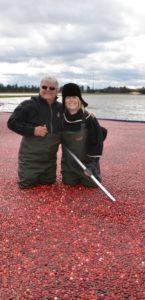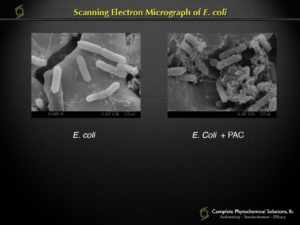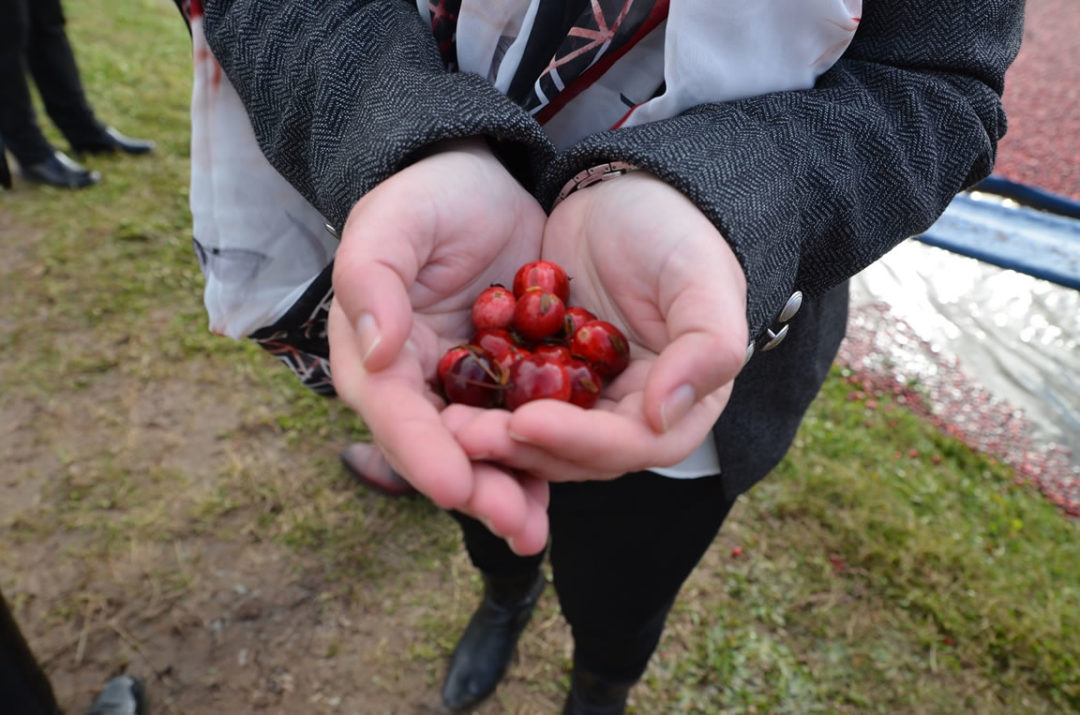“We selected Fruit d’Or as an ingredient partner not just for their leadership in delivering premium quality cranberry ingredients but also because their core values parallel ours in that we are in business to produce and supply science-based, quality ingredients with the highest concern for consumer health and safety,” said Scott Smith, vice president, Taiyo in a press release.

“SunCran is a turnkey solution for those looking for prebiotic fiber benefits combined with cranberry juice benefits, without the sugar,” explains Stephen Lukawski, director of sales and business development for Fruit d’Or. “Because the ingredients are GRAS, SunCran can be used in medical foods that support nutrition. It can also be used in functional ready-to-drink beverages as well as bars, stick packs and scoopable powders.”
The symposium also featured workshops. Christian G. Krueger, CEO, Complete Phytochemical Solutions, LLC made a presentation in which he introduced a butonal method for measuring insoluble proanthocyanids (PAC) in cranberries as well as the C-PAC reference standard he developed to more accurately measure total PACs. “We believe there is so much goodness mother nature has provided in the natural cranberry and Christian Krueger has been able to discover over the last four years that in the cranberry — whole food — there is insoluble proanthocyanids (PACs), not just soluble PACs,” explains Lukawski. “These insoluble PACs open up new doors for research and science to show their effectiveness in gut health.”
In particular, a recentin vitro study, in partnership with UAS Laboratories, demonstrated a synergistic relationship between whole food cranberry extract standardized to 7% PAC content (the C-PAC reference standard; both soluble and insoluble PAC) and a probiotic formulation ofLactobacillusandBifidobacterium. Specifically, the study found this relationship to be effective for inhibiting the invasiveness of pathogenicE. coliand reduce the risk of urinary tract infection in women. Results showed that the bioactive PACs found in their whole food cranberry interfered with the invasion of the harmful bacteria by interacting with its surface, essentially wrapping around it (see Figure 1). This “prevents them from travelling through the urethra and other parts of the body where bacterial infections occur,” explains Lukawski. “So we clean up the microflora for the probiotics to do their job more effectively.”

This is an important study for Fruit d’Or, states Lukawski, because it distinguishes their standardized whole food cranberry powder from cranberry juice powder which a recentJAMA editorialstated lacked efficacy in its use for supporting urinary tract health following the results of arecent randomized controlled trial. “There are no insoluble PACs in juice powders, so when theJAMAreport came out it really categorized cranberry as being all the same and that’s wrong, they’re missing half the story,” he states. You can read Fruit d'Or's full response to the editorial here:Fruit d'Or Response to JAMA Editorial.
Krueger also introduced new analytical equipment called MALDI-TOF for measuring polyphenols and fingerprint analysis for identification. “You have to know what’s in your starting raw material before you can do any research,” says Lukawski. “[Krueger is] able to identify and quantify the composition of what’s inside the cranberry. So we’re able to give a solid reference material based on testing and we do this for every lot.”
Stefan Gafner of the American Botanical Council also spoke to detail the Cranberry Quality Assurance (CQA) supplier program which sets new and higher quality assurance standards as well as new barriers of entry for cranberry suppliers, assuring that the cranberry powder being sold has been tested for identity, safety, purity and efficacy. This is a voluntary program dedicated to verifying the purity and efficacy of cranberry products. “We’re talking about identification, authenticity, standardization, efficacy, with respect to sending out your cranberry powders to Rutgers for them to do a $100 test to see if there are any anti-adhesion benefits” explains Lukawski. “The CQA is a five star testing program that we want formulators, researchers and companies to be aware of; that these are things they should be asking their current suppliers to do.”
Attendees also had the pleasure of touring the cranberry bogs and the production facility in order to experience the process “farm-to-finish,” from separating the green, ripe berries from the red PAC-rich cranberries to the pressing and processing of the berries through their proprietary low and slow drying process. Heather Wainer, publisher ofWholeFoods Magazine, who was in attendance valued her experience at the symposium. “It was such an educational experience to learn all the various uses for cranberry, as well as the process that takes place from farm to finished product,” she says. “Plus it was so cool to be in a cranberry bog!”










